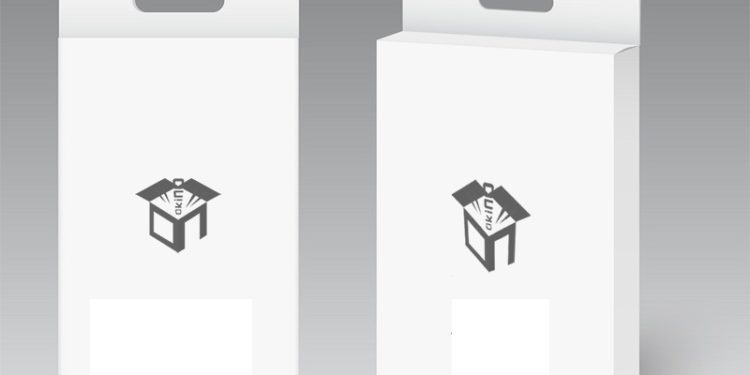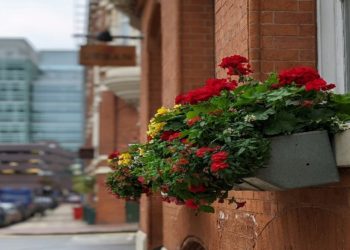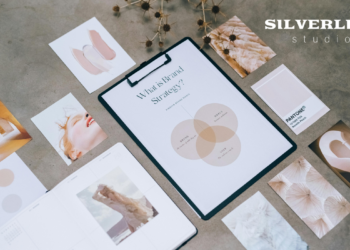In today’s competitive marketplace, businesses are always looking for ways to reduce costs while delivering value. One such area is product packaging. Custom retail boxes can be an effective way to make your brand stand out, but they often come with a hefty price tag. However, with the right approach, you can create high-quality custom retail boxes that don’t break the bank. Here’s a guide on how to make low-cost custom retail boxes for your products.
Cheapest Product Packaging:
When considering cost-effective packaging, the cheapest options typically revolve around materials and simplicity in design. The most affordable packaging types include:
Corrugated cardboard boxes: These are lightweight, durable, and inexpensive to produce. They are suitable for products of all sizes and can be customized at a low cost.
Paperboard boxes: Often used for small to medium-sized products, paperboard is another low-cost option. It’s eco-friendly and easy to customize.
Poly mailers: For soft goods or non-fragile items, poly mailers are incredibly affordable and lightweight, reducing shipping costs.
Choosing one of these materials is a smart way to keep your packaging costs low while still presenting a professional image. Bulk ordering or opting for minimal design can also significantly reduce overall expenses.
Is Custom Packaging Worth It for Retailers:
For retailers, custom packaging is an investment, but is it worth the cost? The answer largely depends on your business goals. Custom packaging can add value in multiple ways:
Brand differentiation: Custom boxes help distinguish your brand in a saturated market. Unique designs, colours, and logos can create a memorable unboxing experience for your customers.
Customer loyalty: Well-designed packaging can evoke positive emotions, leading to customer satisfaction and retention.
Professionalism: It communicates that your brand is well-established and cares about details.
In the long run, custom packaging can justify the extra cost by enhancing brand identity and creating a stronger connection with customers.
Important Factors for Custom Boxes:
When creating custom retail boxes , certain factors should be considered to ensure you get the most value for your money:
Material: Choose durable materials that align with the weight and fragility of your products. Some products may require sturdier materials like corrugated cardboard, while others can use lighter materials like paperboard.
Design: Minimalist designs can be highly effective and cost-efficient. If your budget is limited, opt for clean and simple designs instead of complex, multi-color prints.
Printing Technique: There are various printing methods, such as digital, offset, or screen printing. Depending on your budget and the volume of your order, one technique may be more cost-effective than another.
Size and Shape: Custom boxes that are too large or oddly shaped may increase shipping costs. Optimise the size of your box to match the product size to save on both materials and shipping.
Sustainability: Consumers are increasingly concerned about the environmental impact of packaging. Opting for eco-friendly materials can appeal to this growing market and even reduce costs through lightweight, recyclable materials.
How Can Someone Make Packaging Unique?
Creating unique packaging doesn’t have to be expensive. There are several strategies you can implement to make your boxes stand out while staying within budget:
Personalization: Add a personal touch, such as a handwritten thank-you note or personalised stickers. This small addition can significantly enhance the customer’s experience without increasing costs.
Custom Inserts: Adding custom inserts inside the packaging can help organise products and create a high-end feel.
Eco-Friendly Designs: Incorporating sustainable designs can make your packaging unique and align your brand with the values of eco-conscious customers.
Unique Shapes and Finishes: While complex designs may increase the cost, opting for unique shapes or special finishes, such as matte or gloss, can differentiate your packaging. If done in moderation, this can remain cost-effective.
Difference Between Packaging and Custom Packaging:
Understanding the difference between standard and custom packaging is essential when making decisions for your business:
Standard Packaging: Refers to generic, pre-made boxes that come in standard sizes and designs. While this is the most affordable option, it lacks individuality and may not reflect your brand’s identity.
Custom Packaging: Involves tailoring the design, size, shape, and materials of your box to meet your specific business needs. Custom packaging allows you to incorporate branding elements like your logo, colours, and unique design, providing a more premium and personalised experience.
Custom packaging comes at a higher cost but can significantly improve the perceived value of your product.
Benefits of Custom Boxes:
Investing in custom retail boxes can benefit your business in several ways:
Brand Awareness: Custom boxes give your product an identity. When customers receive a product in unique packaging, they’re more likely to remember the brand.
Enhanced Customer Experience: Custom packaging can contribute to a memorable unboxing experience, helping customers feel special and engaged with your brand.
Protection: Well-designed custom boxes offer better protection for your products, reducing the risk of damage during shipping.
Increased Value Perception: Premium packaging adds a layer of professionalism to your product, which can lead to a higher perceived value.
Sustainability: Custom packaging allows you to choose environmentally friendly materials, which can be a selling point for eco-conscious consumers.
3 Types of Packaging:
There are three primary types of packaging, each with a specific purpose in the retail and shipping process:
Primary Packaging: This is the packaging that holds the product itself, such as a bottle for perfume or a box for a phone. It is designed to protect the product and is often the first point of interaction for the customer.
Secondary Packaging: This is the outer layer of packaging, typically a box or wrapping that holds several units of the primary packaging. It provides additional protection and is often used to group products for retail display.
Tertiary Packaging: Also known as bulk or shipping packaging, this is used for transporting large quantities of products, such as crates or pallets. Tertiary packaging is essential for ensuring the safe transport of goods from manufacturers to retailers.
Pack fancy boxes
Pack fancy boxes involves creating stylish and attractive packaging for gifts or products. This can include using decorative boxes that are visually appealing and well-structured. To pack fancy boxes effectively, consider these steps:
1. Choose Quality Boxes: Opt for sturdy boxes with interesting designs or colors.
2. Layer with Materials: Use tissue paper, fabric, or shredded paper for cushioning and visual appeal.
3. Organize Items: Arrange items neatly, ensuring they fit snugly to prevent movement.
4. Add Personal Touches: Include ribbons, tags, or decorative elements to enhance the presentation.
5. Seal with Care: Use elegant tape or stickers to secure the box and add a finishing touch.
This approach not only enhances the visual impact but also creates a memorable experience for the recipient.
Conclusion:
Creating low-cost custom retail boxes for your products is entirely possible with the right approach. By choosing affordable materials, optimising design elements, and focusing on essential factors like size and sustainability, you can develop custom packaging that enhances your brand without straining your budget. Whether you opt for simple corrugated boxes or more intricate designs, the investment in custom packaging can significantly impact your business’s success through enhanced customer satisfaction and brand recognition.










































































